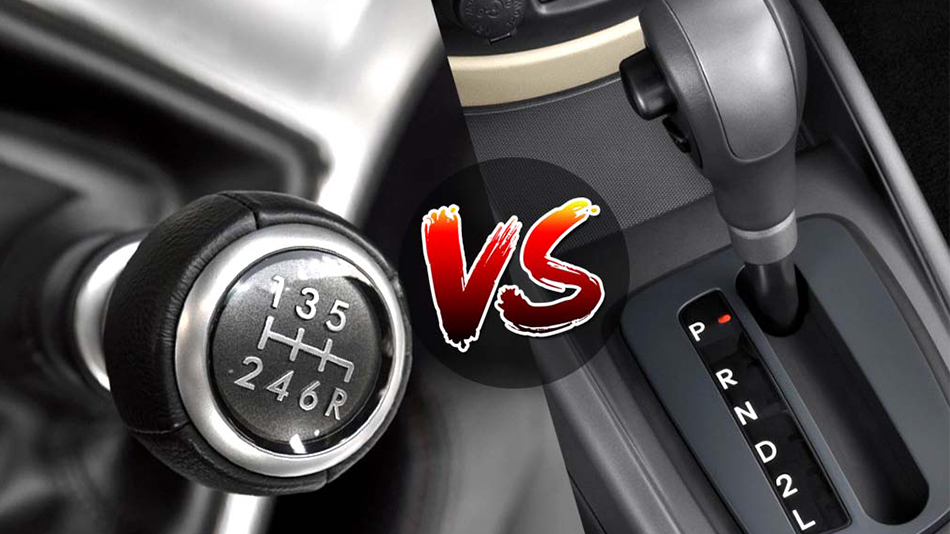When it comes to choosing a car, one of the most significant decisions a driver has to make is whether to opt for an automatic or manual transmission. Both types of transmissions have their advantages and drawbacks, making it essential to understand their differences before making a choice. Websites like attac project.eu provide useful insights into automotive technology, helping consumers make informed decisions. In this article, we will explore the key differences between automatic and manual transmissions, their pros and cons, and which one might be better suited for different drivers.
Understanding Manual Transmission
A manual transmission, also known as a stick shift, requires the driver to manually change gears using a clutch pedal and a gear stick. This type of transmission provides a more hands-on driving experience, giving the driver complete control over gear shifts.
Advantages of Manual Transmission:
- Better Fuel Efficiency – Manual transmissions generally offer better fuel economy compared to their automatic counterparts. This is because they have a simpler design with fewer components that contribute to energy loss.
- Lower Cost – Vehicles with manual transmissions tend to be more affordable, both in terms of purchase price and maintenance costs.
- Greater Control – Enthusiasts prefer manual cars because they provide better control over the vehicle, especially in challenging driving conditions such as steep inclines or rough terrains.
- Durability – Manual transmissions typically have a longer lifespan and fewer repair issues than automatic ones, making them a more reliable choice in the long run.
Disadvantages of Manual Transmission:
- Steeper Learning Curve – Driving a manual car requires skill and practice, making it less convenient for beginners.
- More Effort Required – Constantly shifting gears and using the clutch pedal can be tiring, especially in heavy traffic.
- Lower Resale Value – Since fewer people prefer manual cars, they often have lower resale values compared to automatics.
Understanding Automatic Transmission
An automatic transmission eliminates the need for a clutch pedal, as the car shifts gears on its own based on speed and acceleration. This makes driving much easier, especially for those who want a hassle-free experience.
Advantages of Automatic Transmission:
- Ease of Use – Automatic cars are easier to drive, making them a popular choice for beginners and city drivers.
- Convenience in Traffic – In stop-and-go traffic, an automatic transmission reduces driver fatigue since there’s no need to constantly shift gears.
- Smooth Driving Experience – Modern automatic transmissions provide seamless gear shifts, resulting in a more comfortable ride.
- Higher Resale Value – Since automatics are in higher demand, they generally retain better resale value.
Disadvantages of Automatic Transmission:
- Higher Cost – Automatic cars are usually more expensive to purchase and maintain due to their complex systems.
- Lower Fuel Efficiency – Traditional automatic transmissions consume more fuel compared to manuals, although newer technologies like CVTs (Continuously Variable Transmissions) have improved efficiency.
- Potentially Higher Repair Costs – Automatic transmissions have more components, making them more expensive to repair if they break down.
Which One is Right for You?
The choice between an automatic and manual transmission depends on various factors, including driving habits, budget, and personal preference. If you enjoy an engaging driving experience and want to save on fuel and maintenance costs, a manual transmission might be the better choice. However, if you prioritize convenience and ease of driving, especially in urban areas with heavy traffic, an automatic transmission would be more suitable.
In conclusion, both automatic and manual transmissions have their own unique advantages. Understanding your driving needs and preferences will help you make the best choice. Whether you choose a manual for its control and efficiency or an automatic for its comfort and ease of use, both options offer distinct driving experiences that cater to different types of drivers.

